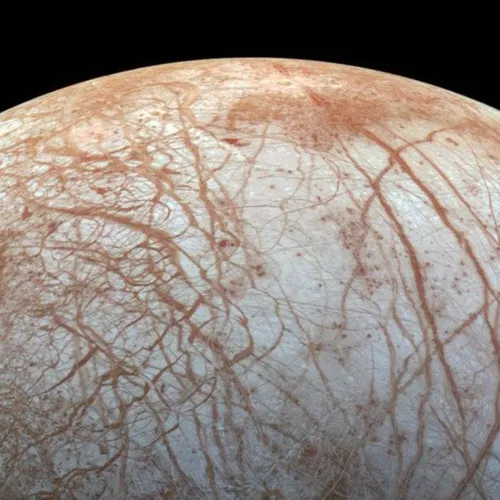Unbelievable! The "Black Mold" That Converts Radiation into Nutrients
- Author
- MakotowillOlympusMons
- Published
- Thu 14 Nov 2024
- Episode Link
- https://podcasters.spotify.com/pod/show/makotowillolympusmons/episodes/Unbelievable--The-Black-Mold-That-Converts-Radiation-into-Nutrients-e2qvh8l
In this episode, we explore the fascinating discovery of Cladosporium sphaerospermum, known as "black mold," which survives by converting deadly radiation into energy. Found in the exclusion zone of the Chernobyl disaster site, this mold uses a process called "radiosynthesis," similar to photosynthesis, to absorb and convert radiation into chemical energy. We discuss its potential applications, including bioremediation in high-radiation areas and shielding astronauts from cosmic radiation on space missions. This discovery reveals nature’s remarkable adaptability and hints at future innovations in science, space exploration, and environmental solutions.
